Wildlife photography is a thrilling pursuit that allows us to immerse ourselves in the beauty of nature and capture mesmerizing moments of creatures in their natural habitat. One crucial aspect of wildlife photography is achieving sharpness in our images. Blurry or out-of-focus shots can be disappointing, but fear not! In this blog, we will explore essential tips and techniques to help you capture the sharpest wildlife photos that will leave viewers in awe.
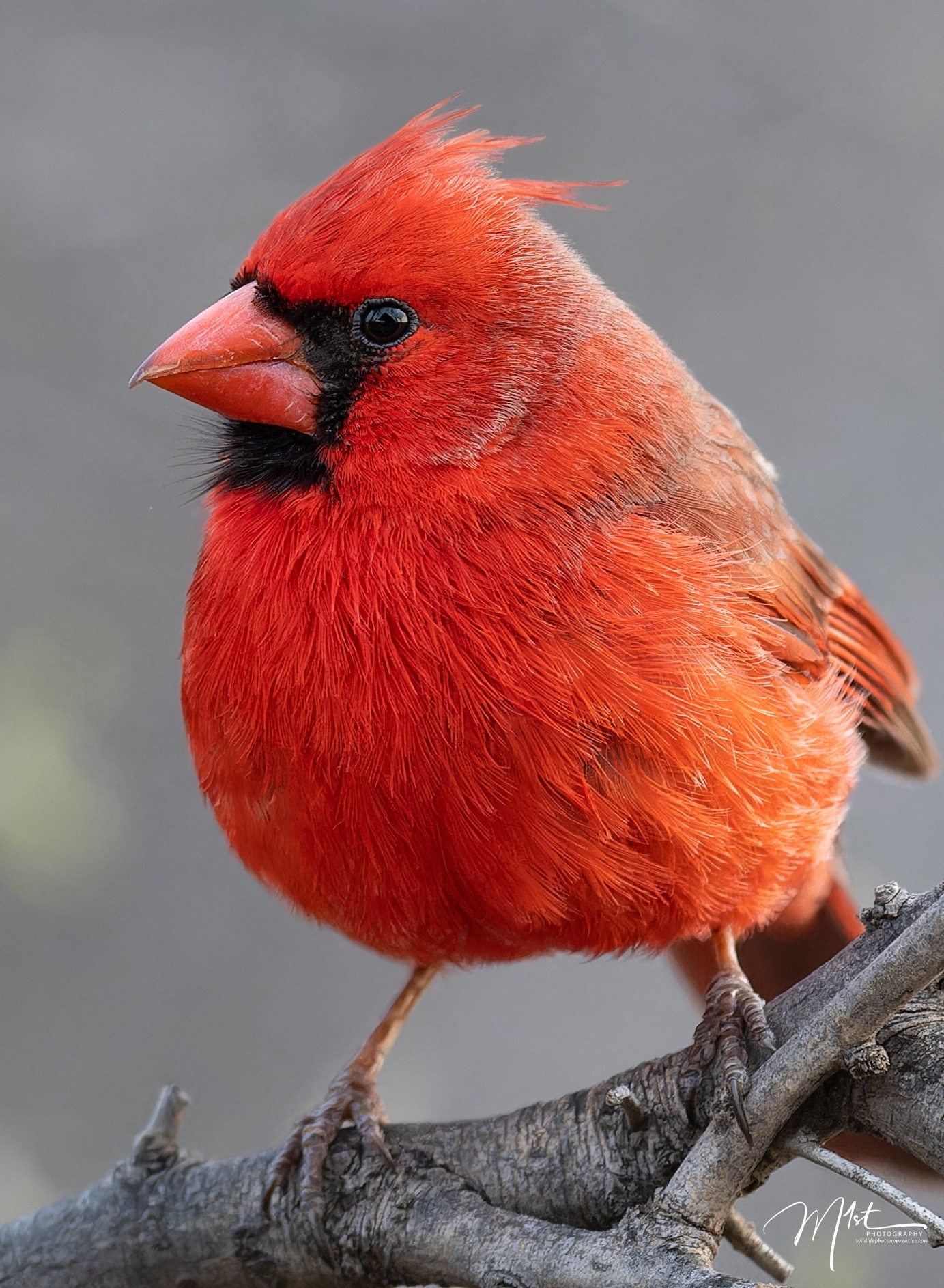
Sharpness plays a crucial role in wildlife photography as it brings the subject to life and captures intricate details that might otherwise go unnoticed. When photographing wildlife, the goal is to showcase the beauty and essence of these creatures in their natural habitat. Achieving sharpness allows us to reveal the fine textures of fur, feathers, or scales, the glimmer in their eyes, and the intricate patterns that make each species unique. Sharp images convey a sense of realism and enable viewers to connect more intimately with the subject, evoking emotions and fostering a deeper appreciation for the wonders of the natural world. Additionally, sharpness is essential for storytelling as it helps convey the animal’s behavior, expressions, and interactions with its environment, capturing fleeting moments that tell compelling narratives. Whether it’s the delicate details of a butterfly’s wings or the intense gaze of a predator, sharpness is the key that unlocks the visual magic of wildlife photography, allowing us to preserve these extraordinary moments in time with precision and impact.
To capture sharp wildlife images, it’s important to have the right equipment. Here are some key elements to consider. Choose a camera with a fast and accurate autofocus system, as well as good low-light performance. Invest in quality telephoto lenses with image stabilization capabilities. These will help you get closer to the animals while minimizing camera shake. A sturdy tripod is essential for stability, especially when shooting with heavy telephoto lenses or in low-light conditions.
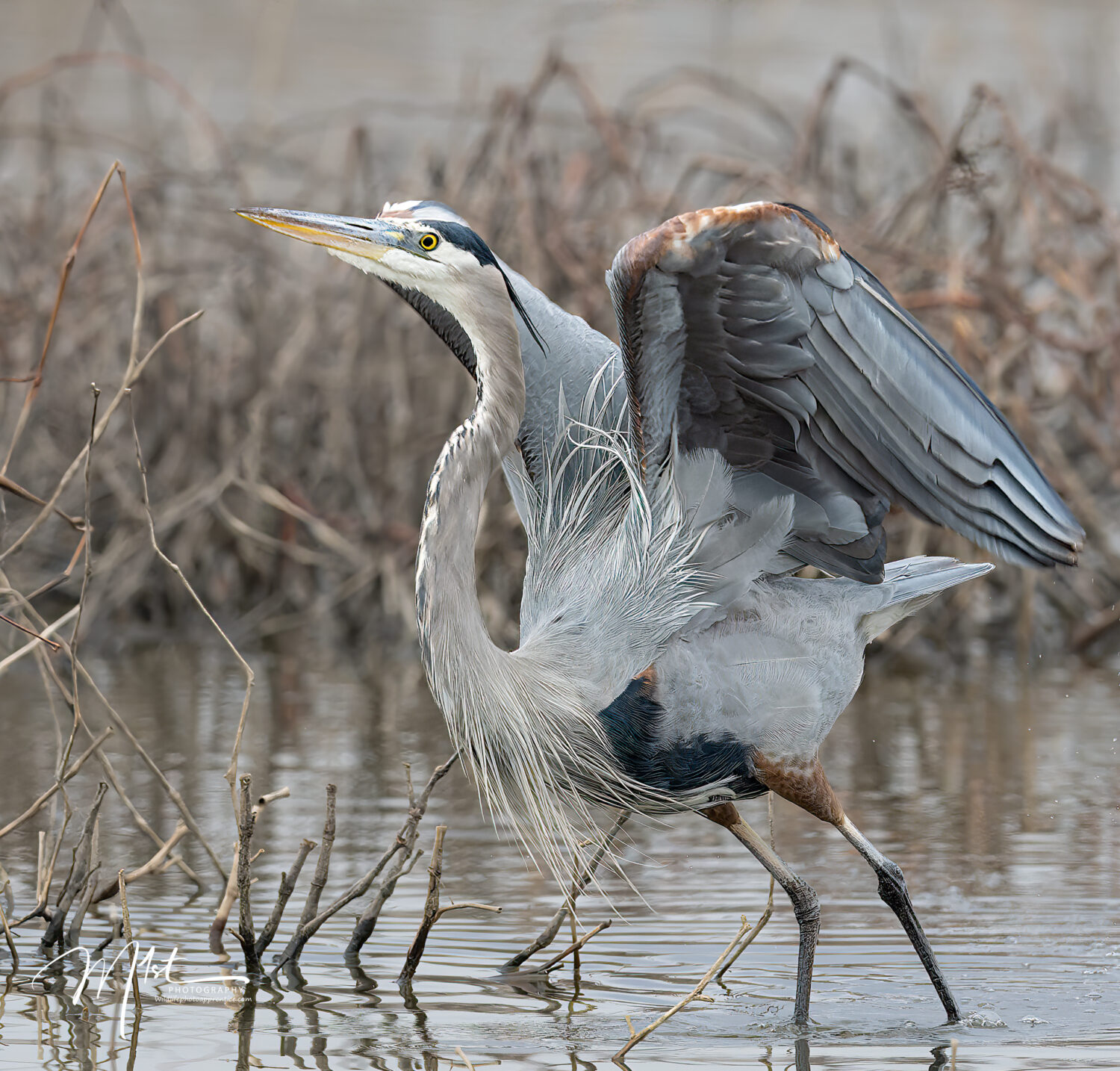
When it comes to sharpness in photography, the size of the camera’s sensor plays a significant role. Cameras with full-frame sensors have a larger surface area compared to crop sensor cameras, resulting in several advantages that contribute to sharper photos. Firstly, larger sensors capture more light, allowing for better low-light performance and reducing image noise. This improved signal-to-noise ratio translates into crisper and more detailed images. Secondly, full-frame sensors offer a wider field of view, enabling photographers to utilize a larger portion of the lens’s sweet spot—the central area where lenses typically perform their best in terms of sharpness and optical quality. Additionally, full-frame sensors generally have higher pixel counts, allowing for greater resolution and finer details to be captured. The combination of these factors—increased light sensitivity, wider field of view, and higher resolution—makes full-frame sensor cameras capable of producing sharper images, particularly in challenging lighting conditions or when capturing intricate details in wildlife photography.
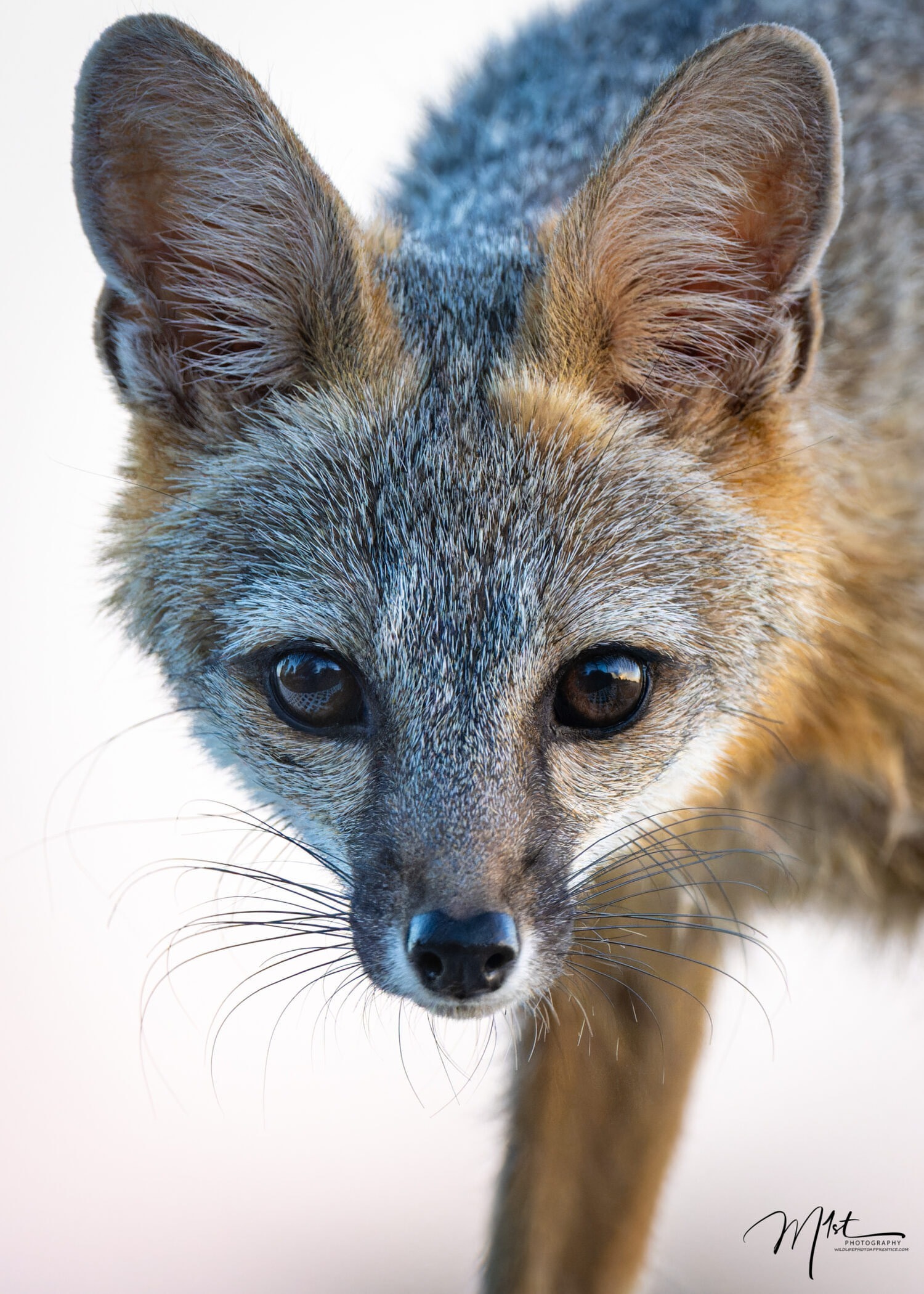
Achieving sharpness relies heavily on mastering the art of focus. Use the appropriate autofocus mode for wildlife photography, such as continuous autofocus (AI Servo for Canon or AF-C for Nikon). This allows the camera to continuously track moving subjects. Use single-point autofocus for precise focus on the animal’s eyes or a specific point of interest. Many newer cameras have ” eye focus” focus modes in their settings. This ensures critical areas are sharp. Consider assigning autofocus to a button on the back of the camera, (back button focus), separating it from the shutter release. This allows you to focus independently and prevents unintentional refocusing when pressing the shutter button.
Technique plays a vital role in capturing sharp wildlife images. Here are a few techniques to consider. Proper Handholding is crucial. Hold the camera and lens steady by supporting the lens with your left hand and tucking your elbows close to your body. This minimizes camera shake. Use a fast shutter speed to freeze the action and minimize motion blur caused by the subject’s movement or camera shake. Experiment with different shutter speeds to find the optimal setting for each situation. Utilize burst mode to capture a rapid sequence of shots. This increases the chances of obtaining at least one sharp image, especially when the subject is in motion.
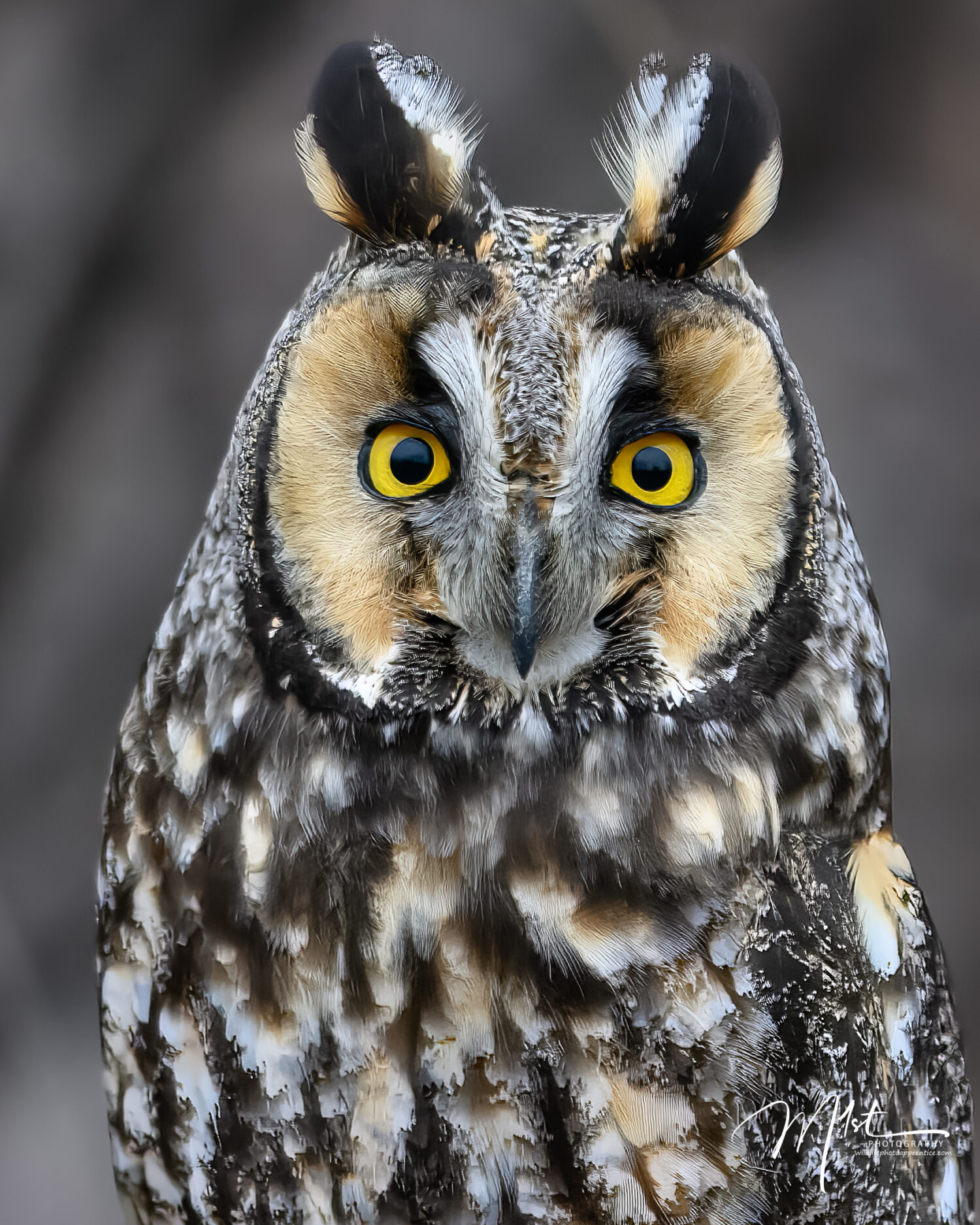
Lighting conditions significantly impact the sharpness and overall quality of wildlife photographs. Consider these factors. Shoot during the golden hours, early morning or late afternoon, when the light is soft, and warm, and enhances details. Harsh midday light can create strong shadows and reduce the sharpness of your images. If shooting in bright conditions, try to find shade or use a diffuser to soften the light. Ensure correct exposure by adjusting your camera settings for the available light. Overexposed or underexposed images can result in a loss of detail and sharpness.
Similar to lighting, heat distortion is a phenomenon that can significantly impact image sharpness in wildlife photography, especially in hot and sunny environments. As the sun’s heat interacts with the air, it creates temperature gradients that cause the light to bend, leading to distortion. This distortion appears as shimmering waves or ripples, degrading the sharpness and clarity of the captured image. Wildlife photographers often encounter this issue when photographing subjects at a distance, as the distortion becomes more noticeable. To mitigate the effects of heat distortion, photographers can try to get closer to their subjects or shoot during cooler hours when the temperature gradients are less pronounced. Additionally, using longer focal lengths can help minimize the impact of distortion by reducing the visible background elements affected by the heat waves. Being aware of heat distortion and employing strategies to overcome it will significantly contribute to capturing sharper wildlife photos in challenging environmental conditions.
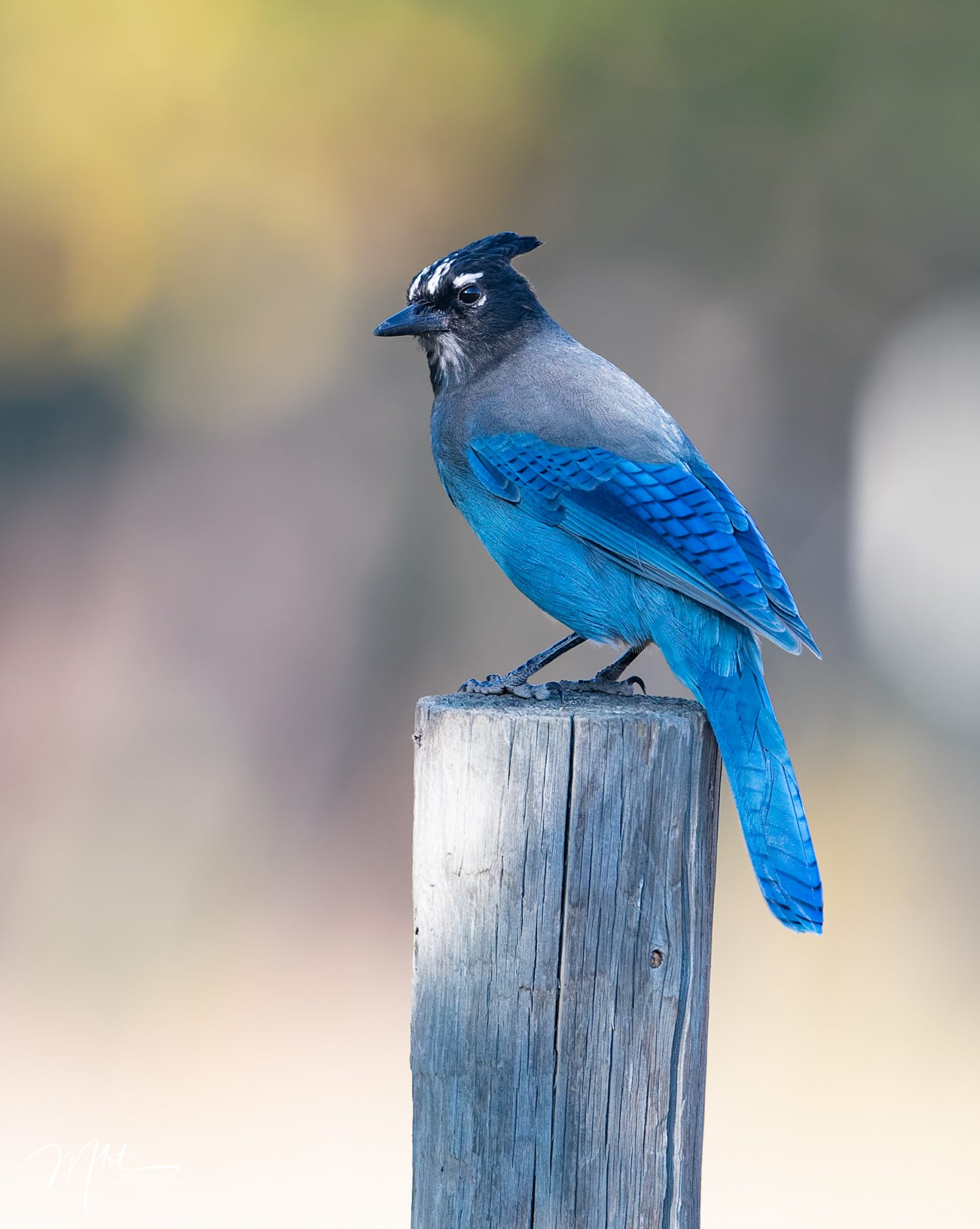
After capturing your wildlife photos, post-processing can further enhance their sharpness. Utilize software like Topaz Sharpen AI. Photography programs like Topaz Sharpen AI use advanced algorithms and artificial intelligence techniques to enhance the sharpness of out-of-focus photographs. These programs are typically trained on a vast amount of data, including both sharp and blurred images. By analyzing the characteristics of sharp images and their corresponding blurred versions, the algorithm learns patterns and features that distinguish sharpness from blurriness. One common approach to sharpening out-of-focus images is through deconvolution. Deconvolution is a mathematical operation that aims to reverse the blurring process and recover details lost in the blur. By estimating the point spread function (PSF) or the blur kernel that caused the blurring, the algorithm can attempt to undo the blurring effect. The program also analyzes the image content and identifies areas that lack sharpness. It then applies localized adjustments to enhance the edges and fine details in those areas. These adjustments may involve increasing contrast, emphasizing high-frequency components, or enhancing edges to create the illusion of increased sharpness.
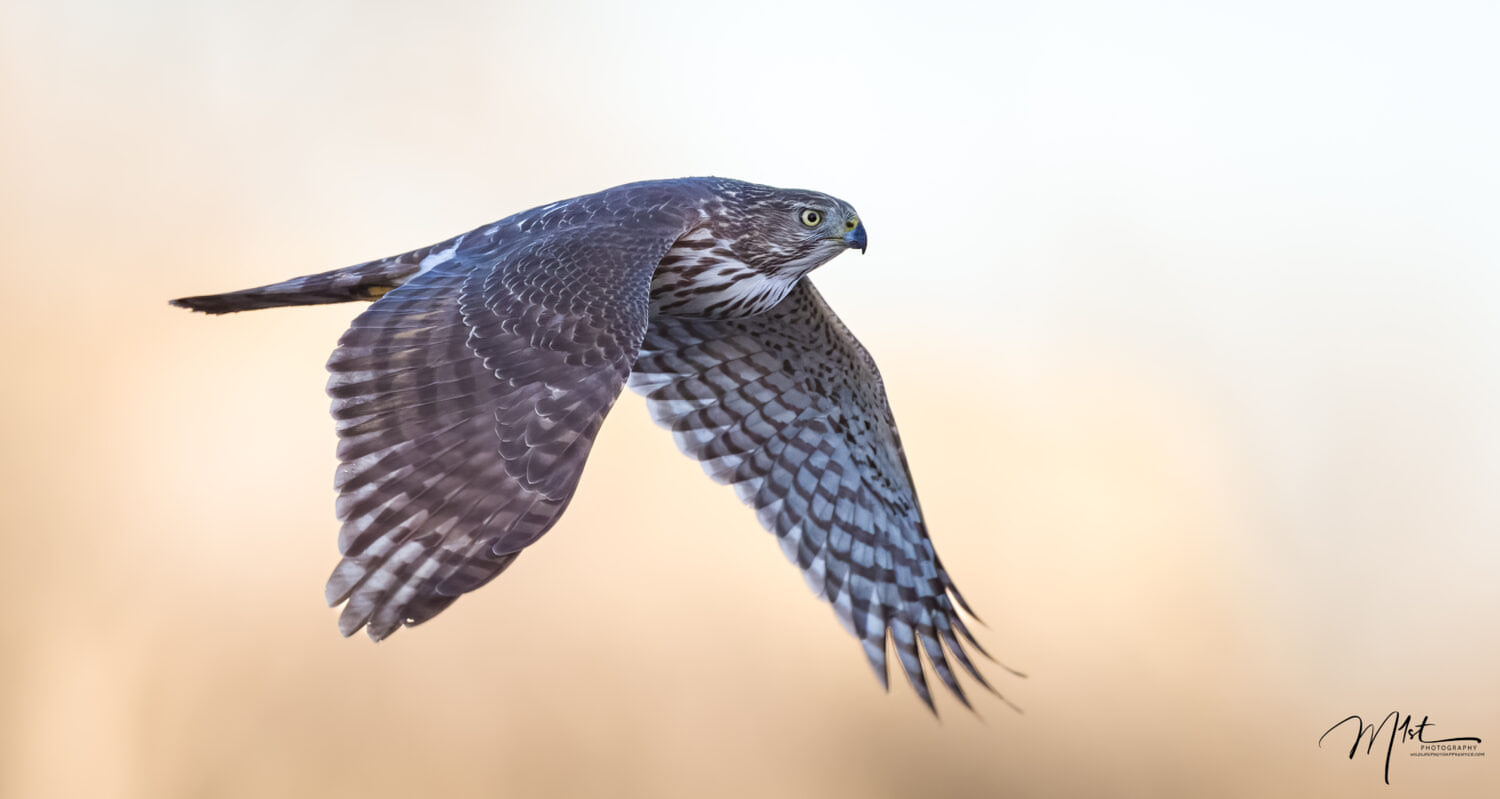
AI algorithms, such as deep learning models, can also be employed to recognize patterns and features associated with sharpness. These models can learn to differentiate between fine details and noise, and they can help restore sharpness by intelligently reconstructing missing or distorted details. Some programs, including Topaz Sharpen AI, allow users to provide additional guidance and customization. Users can fine-tune the sharpening process by adjusting parameters or selecting specific areas of the image to target for enhancement. This allows for more control over the final sharpening result. It’s worth noting that while these programs can significantly improve the sharpness of out-of-focus images, there are limitations to what can be achieved. If an image is severely blurred or lacks essential details, the results may be less satisfactory. Nonetheless, by utilizing advanced algorithms and AI techniques, these programs can often produce impressive sharpening results even in challenging scenarios.
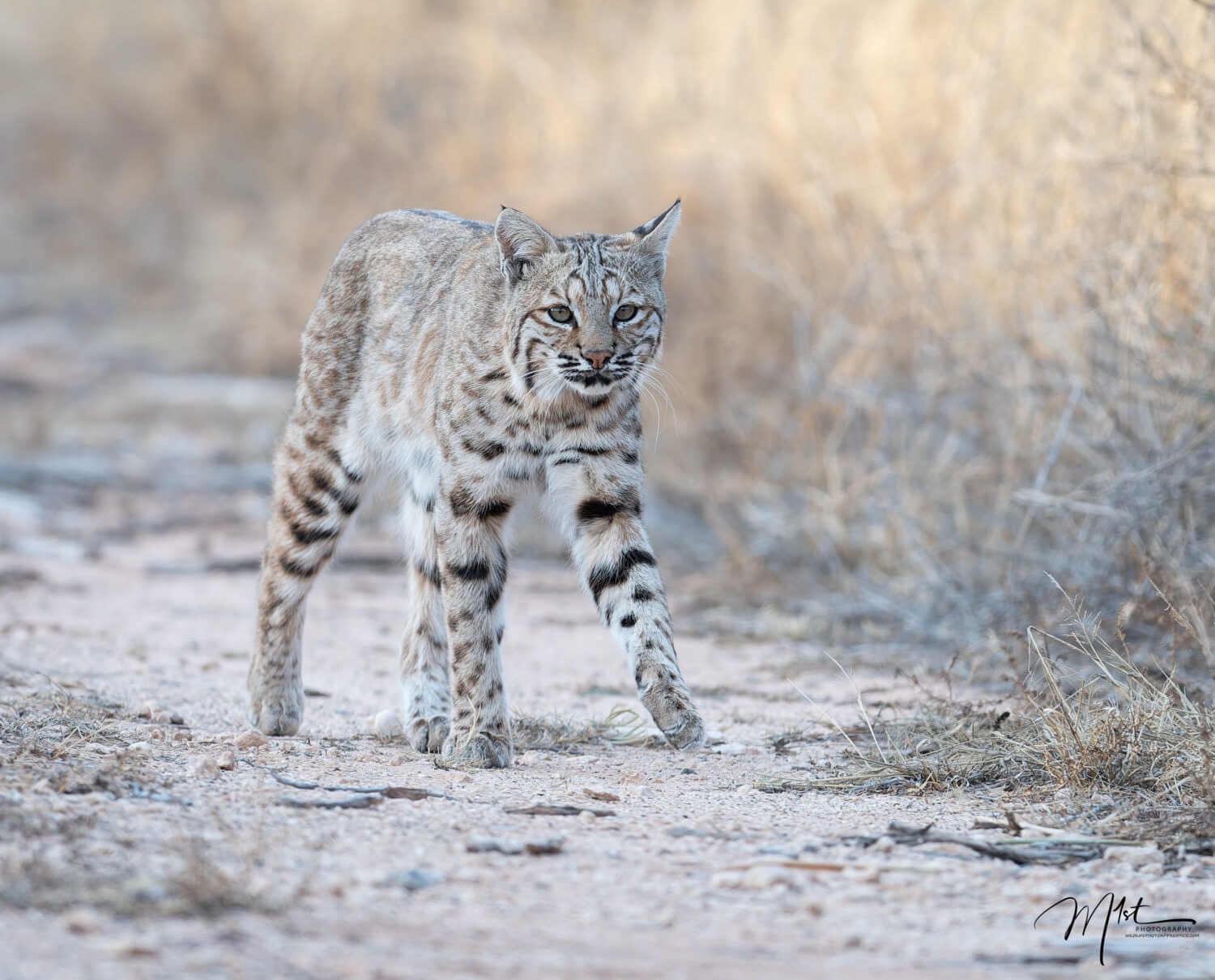
Mastering the art of capturing sharp wildlife photos requires a combination of technical knowledge, practice, and patience. By investing in the right gear, understanding autofocus techniques, perfecting your technique, considering lighting conditions, and applying post-processing techniques, you can elevate your wildlife photography to new levels of sharpness. So, grab your camera, venture into the wild, and let your images tell captivating stories of the magnificent creatures that roam our planet. Happy shooting!
